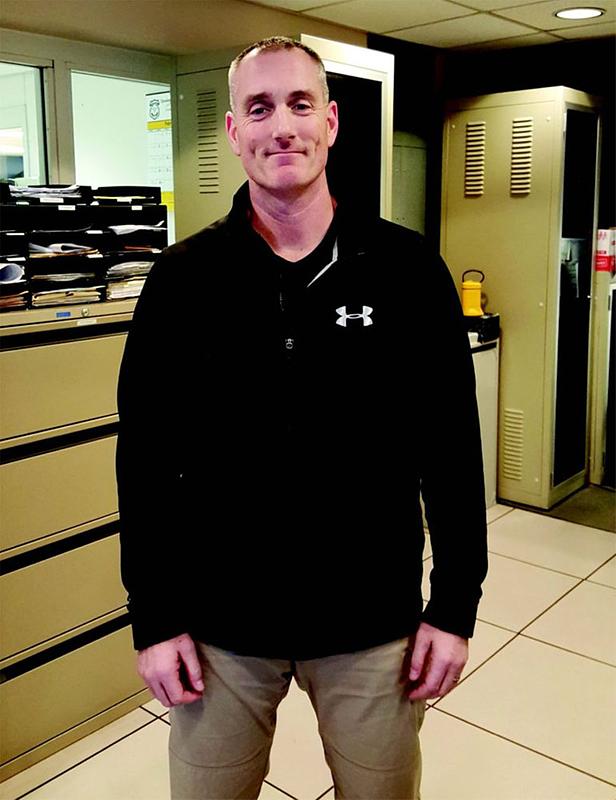Tim's Story
PAIN
 Police Officer Tim is on restrictive duty and hoping to return to full time patrol duty.
Police Officer Tim is on restrictive duty and hoping to return to full time patrol duty.
The second time he fell, Tim wasn't so lucky. During the summer of 2012, the 48-year-old police officer had emerged unscathed after tumbling from a ladder at his home in Strongsville, OH, even though he put an elbow through the gutter on his way down.
"For the next two years I got to look at that bashed in piece of gutter every time I came up the driveway," he says with a laugh.
Fast forward to June 27, 2014. Looking to fix that gutter at last, Tim grabbed a rickety old aluminum ladder that, he admits ruefully, "I never, ever should have been using." This time, he landed at an awkward angle on his left foot. He knew immediately that he couldn't get up. He lay waiting until a passerby heard him call out.
The first hint that this second fall was a very serious affair came when an emergency room physician ordered him transferred to the regional Trauma Center. There, when physicians forcibly pushed his blown-out heel back into place, Tim felt pain like he'd never felt before.
He had an open fracture of the calcaneus, his heel bone, and he had destroyed the critical subtalar joint that connect his heel and his ankle. The first surgery was all about stabilizing his leg. The second one focused on reconstruction.
But the prognosis was still discouraging. He might never run again. He would have trouble walking on uneven surfaces. Arthritis would likely be a problem sooner rather than later.
Tim is not the sort of patient to sit back and accept such predictions. The surgeons who had operated on his back a few years before had advised him to transfer into a desk job at the West Lake Police Department or find a new line of work. Six months later, Tim was back out on patrol.
But this new prognosis proved a tougher nut to crack . A year into his rehab, he was still walking with a limp and feeling a lot of pain.
In the fall of 2015, Tim underwent a third surgery, a subtalar fusion. By forcing two bones to heal together in the heel at a point where they used to be connected by a joint, surgeons hoped to lessen Tim's pain, even if his mobility remained limited.
Tim participated in a pair of a METRC-sponsored research projects. In the PAIN Study, researchers compared three different pain management strategies in the "perioperative" period (just before and after an operation). Two of those strategies added a regimen of pain-relieving analgesics on top of standard pain management care. The four-year study of 500 patients was conducted at 21 trauma centers around the country. Like Erick Saunders, Tim is also enrolled the STREAM study of a new tool for collecting patient-reported outcomes that has the potential to provide clinicians with more reliable information about what patients fare after these devastating injuries.
Tim says he had no qualms about signing up as a research subject. He had worked on a couple of research-related assignments during his college years and remembered how hard it was to recruit volunteers. He also liked what he heard about METRC's core mission of helping Wounded Warriors.
"There are a couple of guys I work out with who went through a lot overseas," Tim says. "I know there are guys out there working on their injuries who have some emotional stuff to deal with on top of everything else. It's the kind of thing that makes me realize, ‘What do I have to complain about?'"
Tim stayed off of his left leg for three full months, but he feels like he is on the road to a fuller measure of recovery at last. He is in the gym for one to two hours a day, and footwork is an important part of his regimen during every workout.
Tim remains hopeful that this recovery will end in a return to patrol duty on the job, but either way, he is confident the quality of his life over the long haul will be better than it would have been without that last surgery.
"Lifting weights is a good example," he says. "It's one of the things I enjoy doing most in life, and I can tell now that I'm going to be able to keep doing it for a long time to come. Before, I wasn't so sure."